Optimal Timing for Storm Restorations
Determining the optimal time for storm restorations involves considering seasonal weather patterns, recent storm activity, and regional climate conditions. Typically, late summer and early fall are common periods for storm activity, making them prime times for assessments and repairs. However, the best time can vary based on local weather trends and specific storm occurrences.
Storm restoration projects are often scheduled after the peak storm seasons to ensure weather conditions are stable for safe and effective work.
Immediate inspections following storms help identify damage early, allowing for timely repairs that prevent further deterioration.
In regions like Massachusetts, late summer to early fall typically offers the most favorable conditions for storm restoration activities.
Scheduling outside of the height of storm seasons reduces risks and can lead to more efficient restoration efforts.
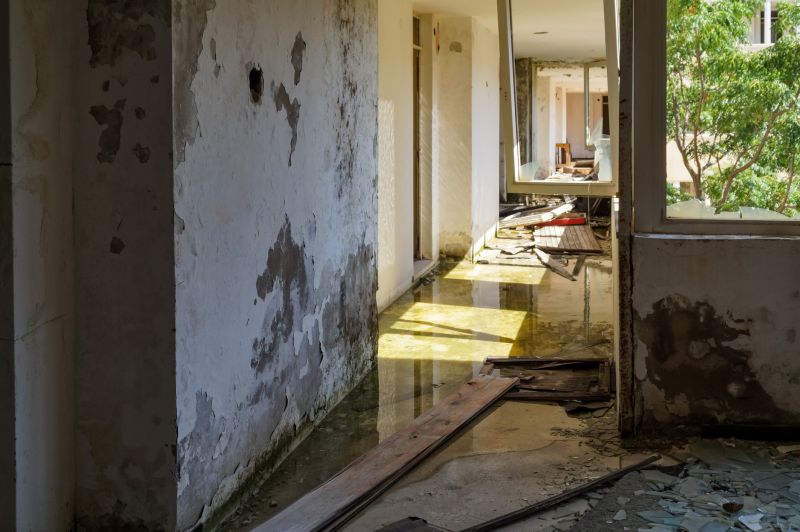
Ways to make Storm Restorations work in tight or awkward layouts.
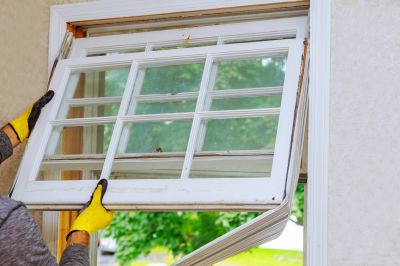
Popular materials for Storm Restorations and why they hold up over time.

Simple add-ons that improve Storm Restorations without blowing the budget.

High-end options that actually feel worth it for Storm Restorations.
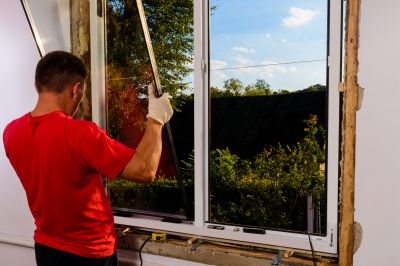
Finishes and colors that play nicely with Storm Restorations.

Little measurements that prevent headaches on Storm Restorations day.
| Optimal Storm Restoration Timing | Key Considerations |
|---|---|
| Late Summer to Early Fall | Peak storm activity period, ideal for assessments and repairs |
| Immediately After Storms | Allows for early damage detection and prompt action |
| Weather-Stable Seasons | Ensures safety and reduces project delays |
| Off-Peak Seasons | Less competition for resources and scheduling |
| Regional Climate Factors | Local weather patterns influence timing decisions |
Storm restorations are essential for maintaining the safety and integrity of structures affected by severe weather. Proper timing ensures that repairs are conducted under optimal conditions, reducing risks and improving the quality of work. Historical data indicates that timely interventions can significantly reduce long-term damage and associated costs.
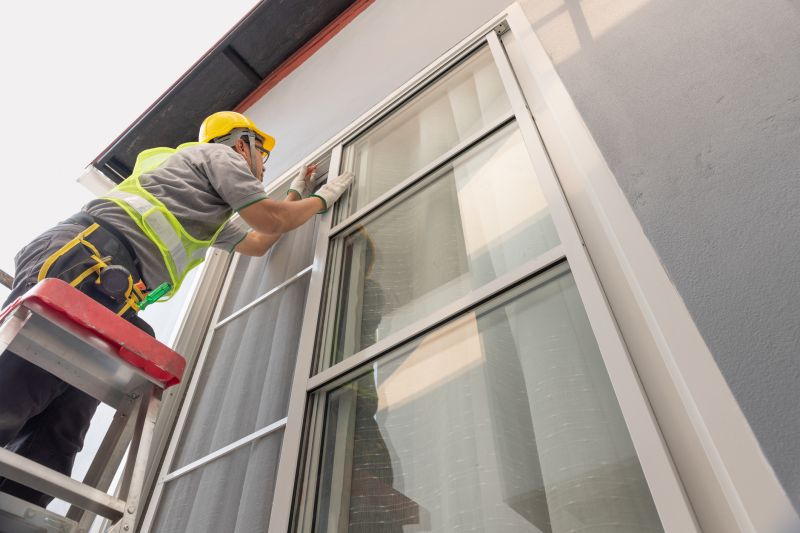
A 60-second routine that keeps Storm Restorations looking new.

A frequent mistake in Storm Restorations and how to dodge it.

Small tweaks to make Storm Restorations safer and easier to use.
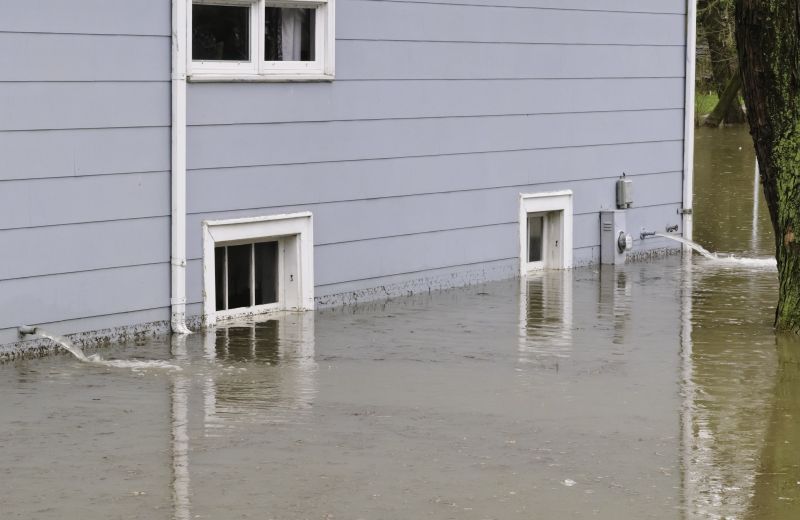
Lower-waste or water-saving choices for Storm Restorations.

The short, realistic tool list for quality Storm Restorations.
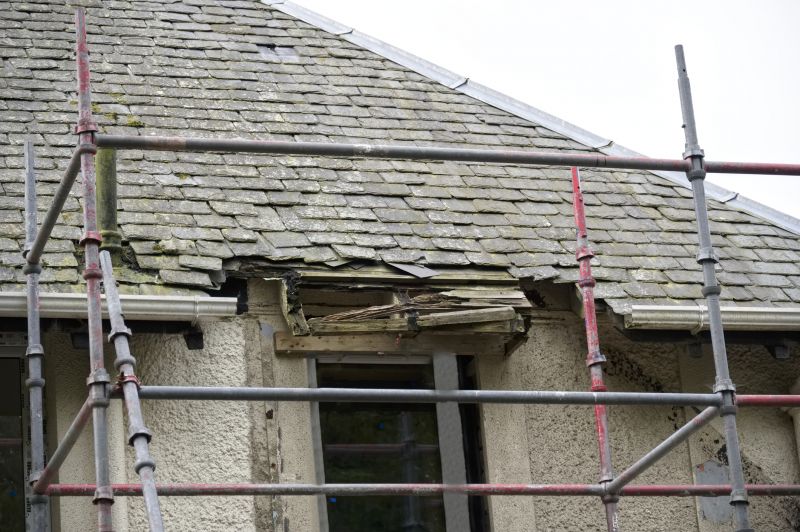
Rough timing from prep to clean-up for Storm Restorations.

Quick checks and paperwork to keep after Storm Restorations.
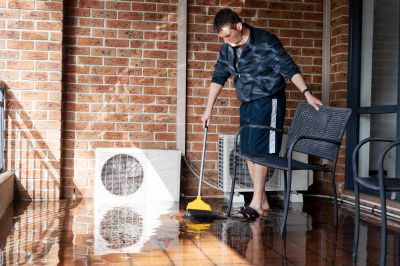
Examples that show the impact a good Storm Restorations can make.
Interested parties are encouraged to contact for more information on scheduling storm restoration services. Proper timing can help mitigate damage and restore safety efficiently after storm events.
